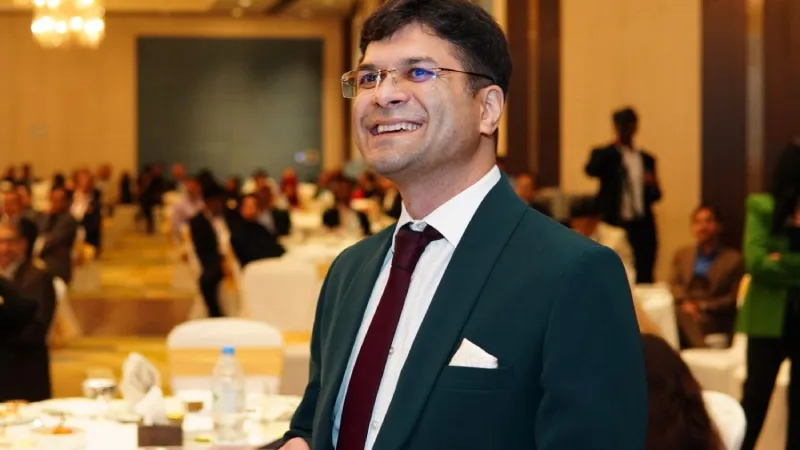Isn’t it eye-opening how the average investor, with nothing more than patience and a simple strategy, can outperform professional fund managers who’ve spent years mastering the market?
Here’s a real-world example that really put things into perspective for me:
I recently checked my own returns from investing in the NIFTY 50 and NIFTY Mid Cap Index last year. 60%. Meanwhile, I ran into a mutual fund manager at an event, who proudly shared his fund’s performance. His return? 30% for the same period.
It got me thinking: With all the expertise and resources at their disposal, how is it that a disciplined, long-term approach can outperform the so-called “professionals”?
Now, add in the fees, taxes, and hidden commissions that fund managers love to tack on, and the “glamour” of professional management starts to lose its shine. Not to mention, the endless jargon and constant churn of portfolios. You begin to realize that the value of “active” management isn’t always as big as it seems.
This is where the power of passive investing comes in. ETFs (Exchange Traded Funds) aren’t just the go-to for retail investors. They’re a smart, low-cost, diversified investment vehicle that anyone—even high-net-worth individuals (HNIs)—should consider.
Why? Well, over the last 10 years, passive funds (like ETFs) have given an impressive CAGR of over 20%. Over 20 years, that number still holds strong at 15%. And the best part? These returns come without the stress of worrying about day-to-day market moves, and—most importantly—at a fraction of the cost of actively managed funds.
Let’s take a look at some eye-opening facts: 90% of active funds have underperformed passive funds over the last decade. That’s right—90%!
The fund managers who claim those “top performer” spots on the charts each year? Well, zoom out to 5 or 10 years, and you’ll see a different story. The truth is, those flashy returns that look so impressive in the short term tend to burn out quickly. It’s not about winning a sprint, it’s about enduring the marathon.
The real challenge is building a portfolio that wins over the long term—not just for one season. You need consistency. Stability. And a strategy that doesn’t require constant monitoring or panic-selling when markets dip.
And let’s not forget the emotional toll of active management. I often see investors scrambling to keep up with the market’s highs and lows, driven by fear of missing out or chasing the next big win. Meanwhile, those sticking to a passive approach? They’re quietly compounding returns, avoiding stress, and enjoying peace of mind.
That’s the true power of passive investing. It’s simple. It’s disciplined. And, more often than not, it beats the “professionally managed” complexity, hands down.
So, if you’re new to investing or already seasoned in the game, take a step back and ask yourself: Are you chasing quick wins with complex strategies, or are you building a portfolio designed to endure the test of time?
Remember, investing isn’t a race—it’s a journey. And the best way to stay in the game is to keep it simple, stay disciplined, and trust in the power of passive investing. Because when you do, the results speak for themselves.

